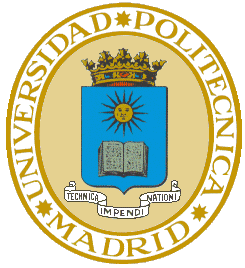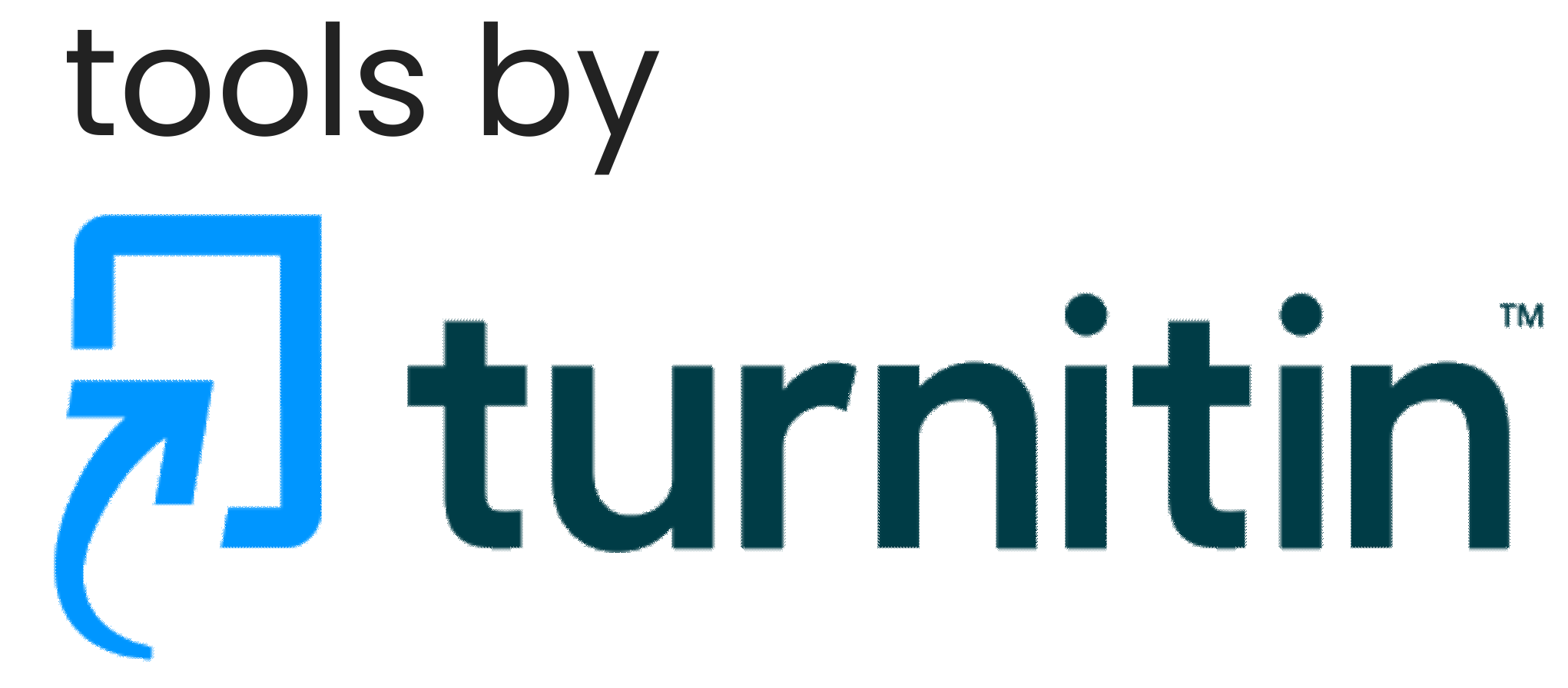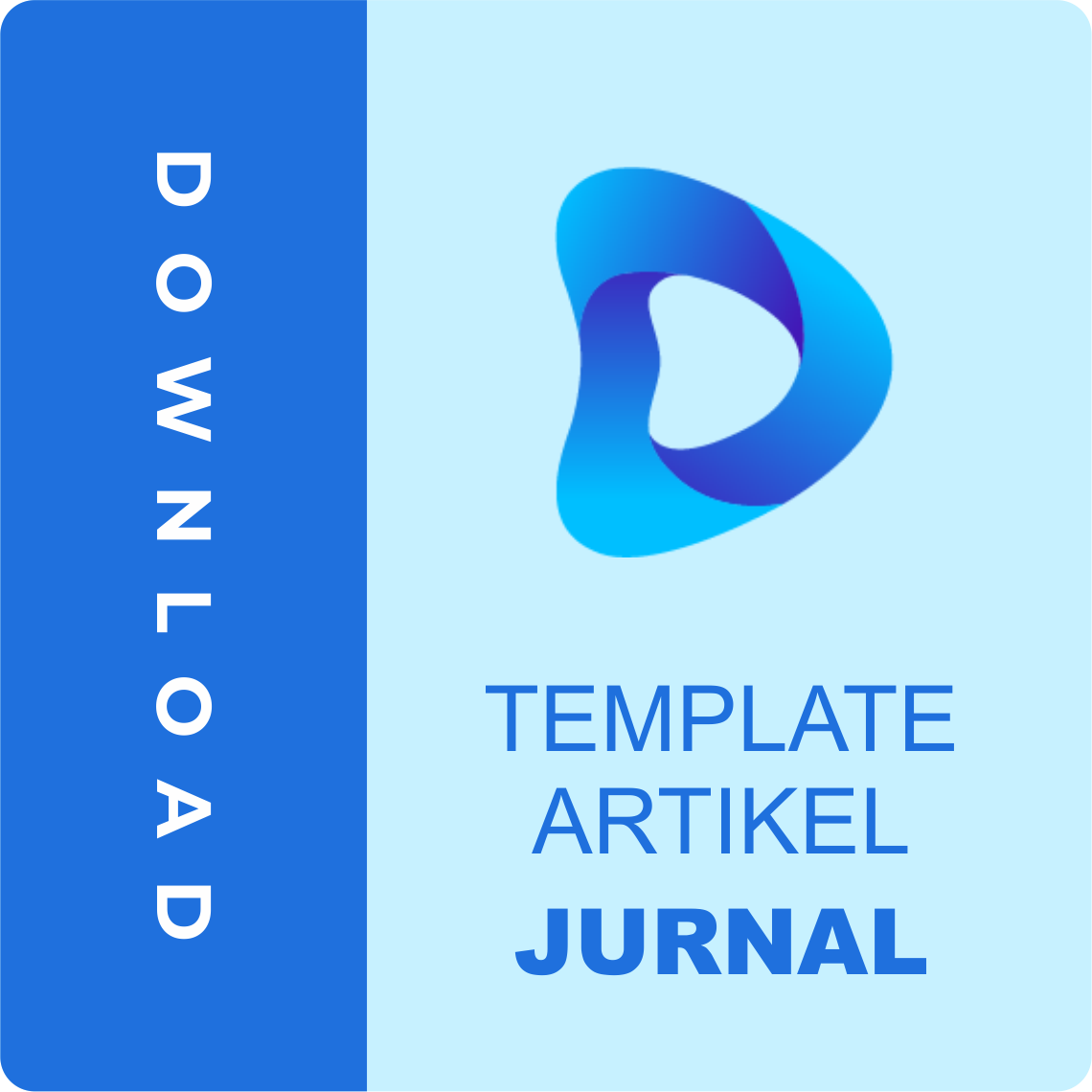Value Engineering Analysis On Andalusia Housing Proy Griya Giri Phase II In Gresik District
DOI:
https://doi.org/10.36418/dev.v4i2.390Abstract
The need for housing continues to increase as the number of inhabitants increases. Housing development as one of the efforts to meet the needs of the community for residential houses. The Andalusian Griya Giri housing estate in Gresik Regency was built with a type. However, with the vast area in Gresik Regency and the fierce competition of housing developers who offer housing in a higher segment and at prices that do not differ much, it can be concluded that this housing is a waste of costs in development. Therefore, a way is needed to overcome this problem, namely by applying Value Engineering. This study aims to analyze the optimization of the calculation of the cost budget plan without reducing the quality and function of the building with the Value Engineering method. The analysis technique in Value Engineering of this study uses a comparative method with cost analysis. This method compares the profit price of the landcape design before it is redesigned with the design that has been redesigned, namely changing the house plan, appearance and number of house compositions / site plans so that maximum profit is obtained. This analysis uses the stages of the Value Engineering plan, namely the information stage, stage, creative, analysis stage, recommendation stage and presentation stage. Based on the results of the Value Engineering analysis at the Griya Giri Andalusian Housing Project in Gresik district, the most profitable design alternative was to use Design C with the change of type 38/72 housing units to 36 units. The profit price after redesigning from the original design, the production price of the type 38 house is Rp. 122.2 40. 00,000 becomes Rp. 9 0.728.514. The amount of profit increased generated after the redesign of the original design and the change in the number of house compositions / site plans was carried out amounting to Rp 7,864.960. 000 becomes Rp. 9,981,773,496.
Published
Issue
Section
License
Copyright (c) 2023 Muhammad Muhammad, Budi Witjaksana, Hanie Teki Tjendani

This work is licensed under a Creative Commons Attribution-ShareAlike 4.0 International License.
Authors who publish with this journal agree to the following terms:
- Authors retain copyright and grant the journal right of first publication with the work simultaneously licensed under a Creative Commons Attribution-ShareAlike 4.0 International. that allows others to share the work with an acknowledgement of the work's authorship and initial publication in this journal.
- Authors are able to enter into separate, additional contractual arrangements for the non-exclusive distribution of the journal's published version of the work (e.g., post it to an institutional repository or publish it in a book), with an acknowledgement of its initial publication in this journal.
- Authors are permitted and encouraged to post their work online (e.g., in institutional repositories or on their website) prior to and during the submission process, as it can lead to productive exchanges, as well as earlier and greater citation of published work.













